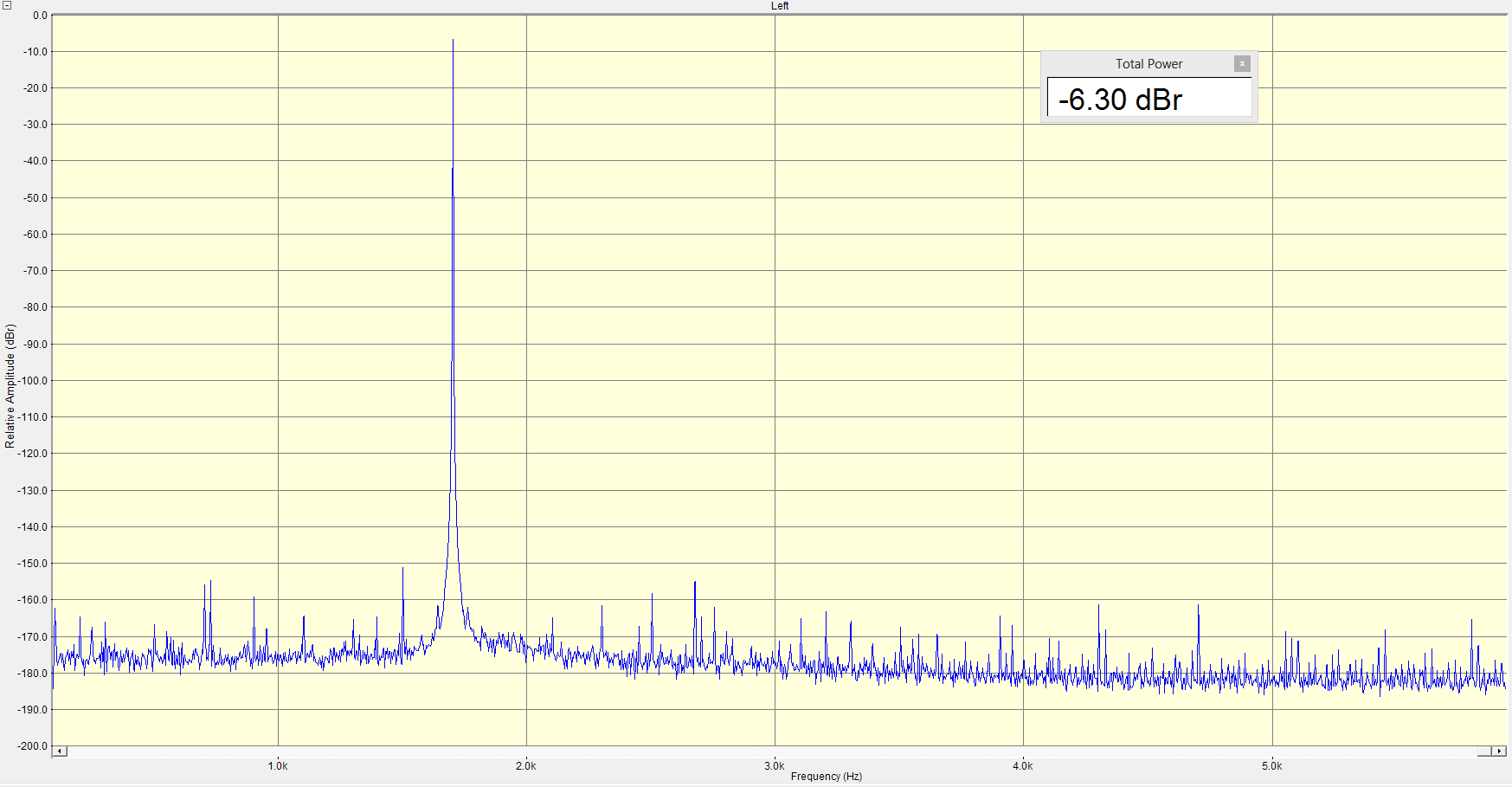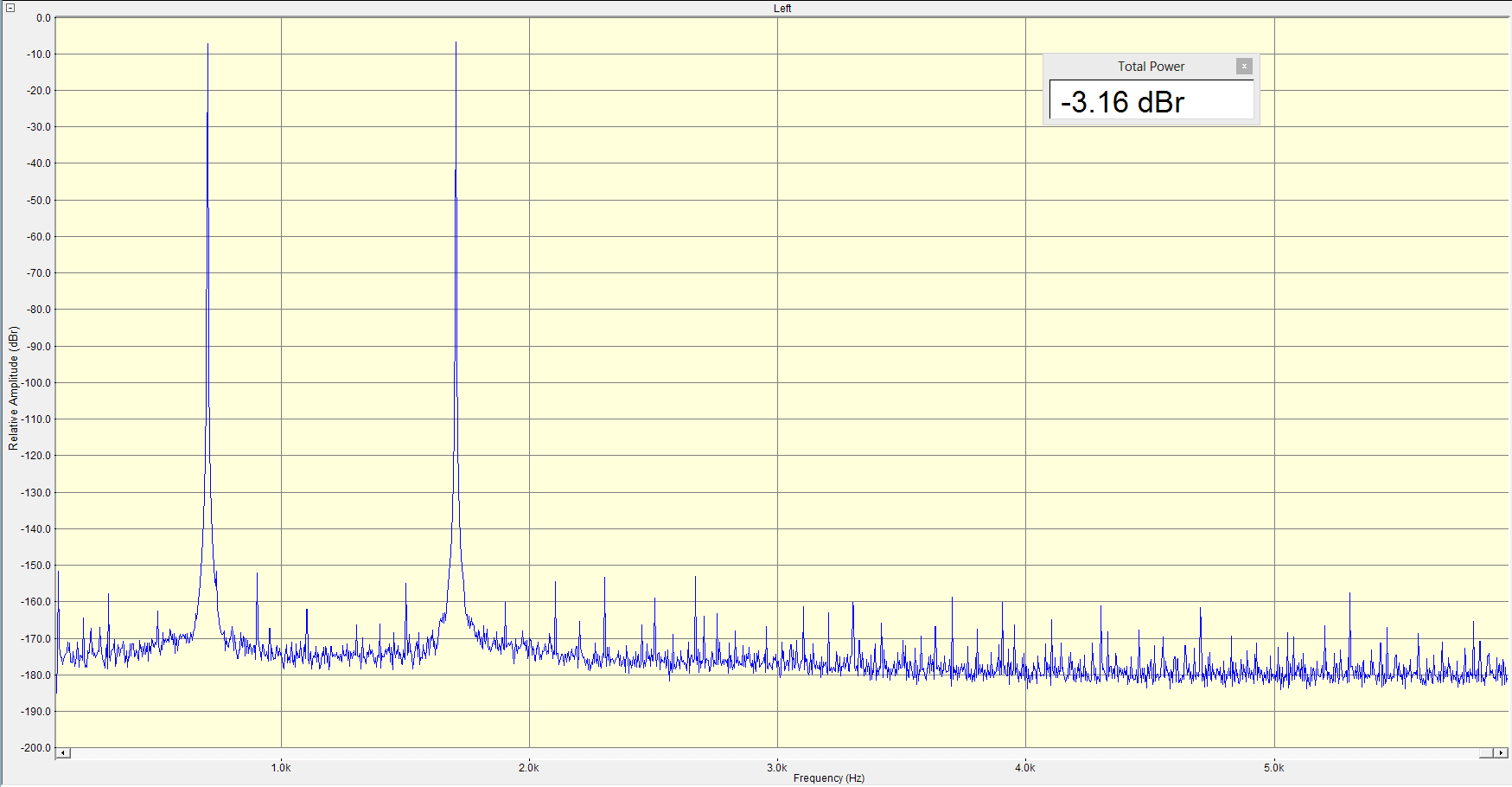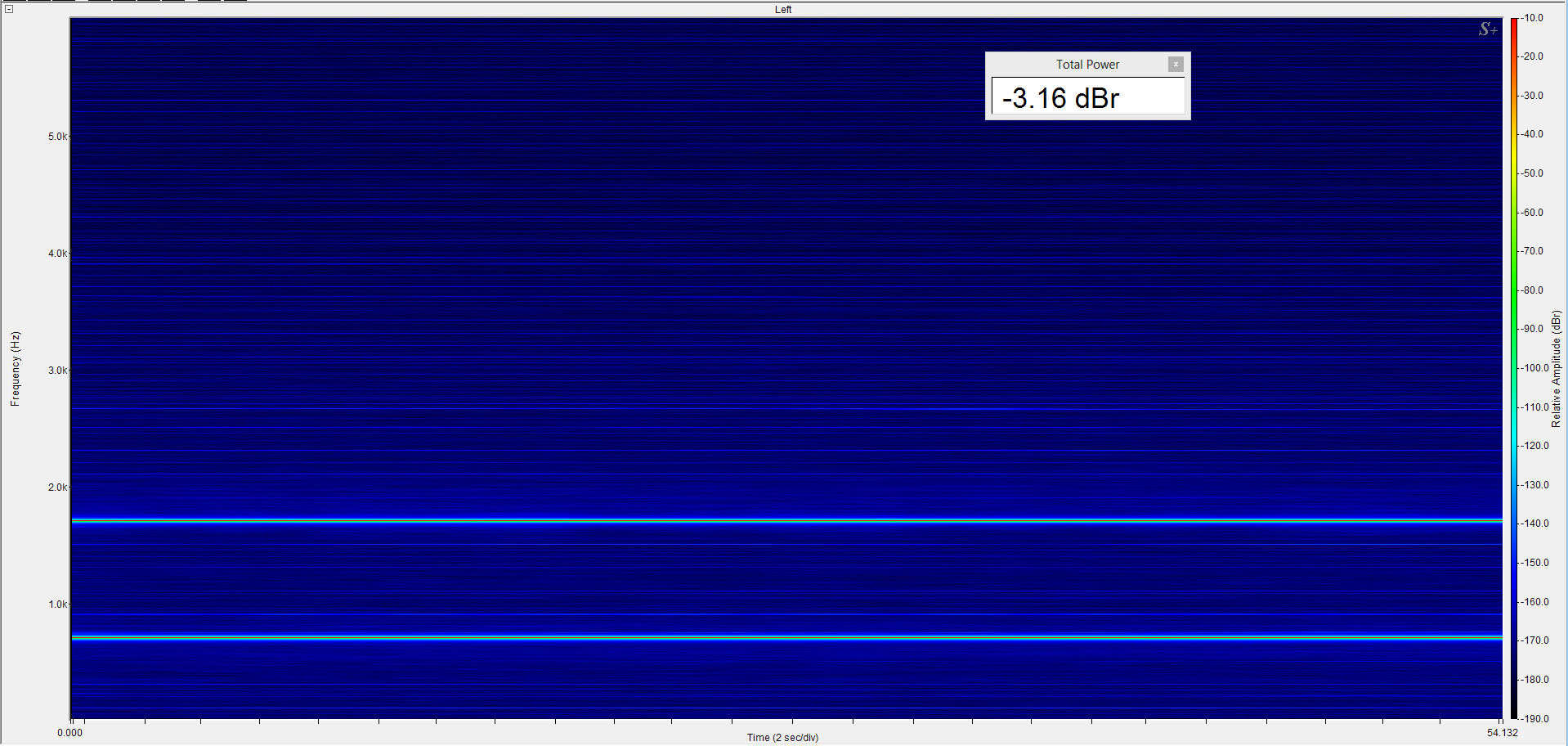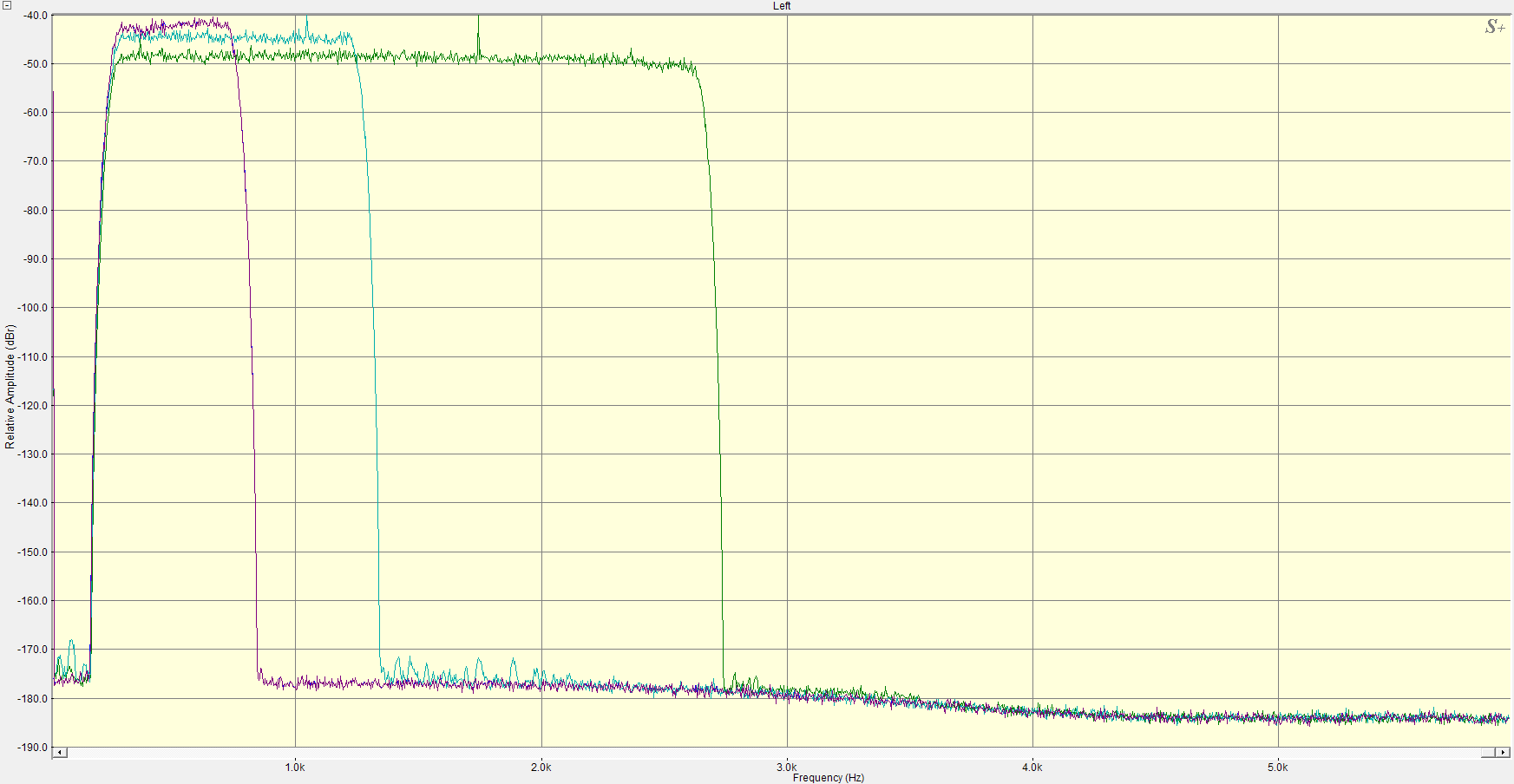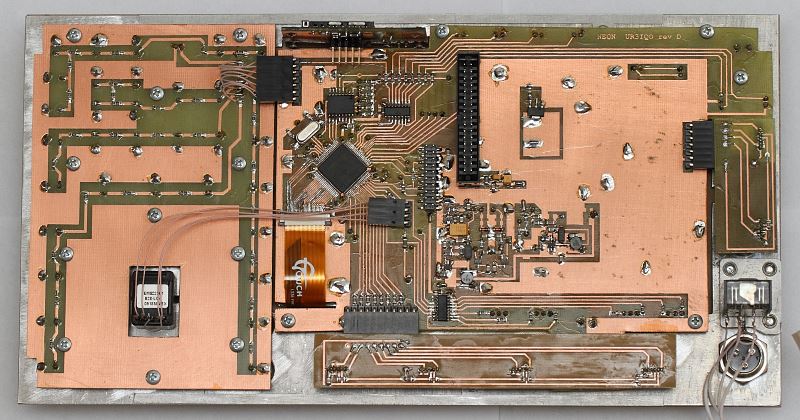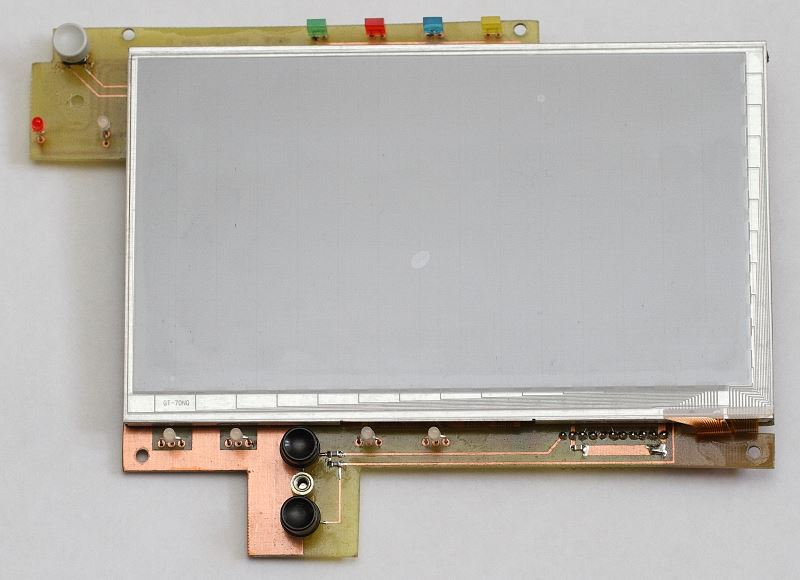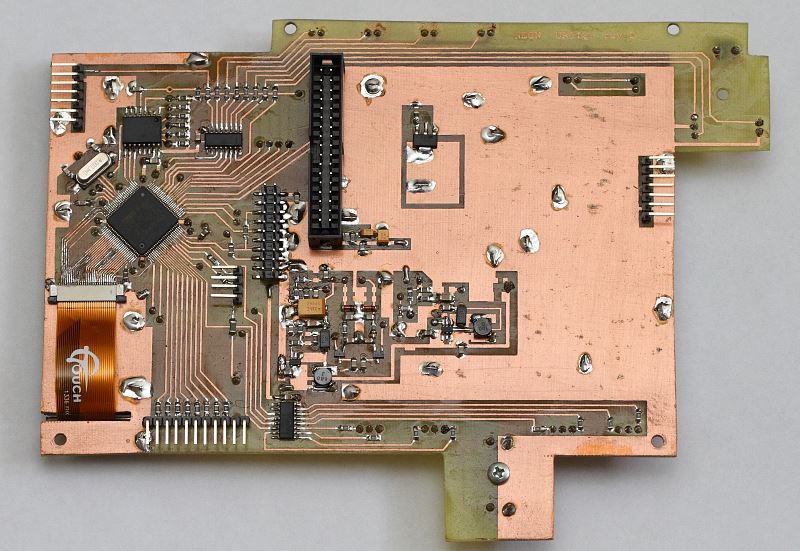
|
||||||
Control UnitIntroductionThe Control Unit is the "control center" of the transceiver. The new features, new user interface and color TFT display required controller with more processing power and much more memory then one in the Neon's predecessor T03DSP. The first version of the Control Unit was ready in the 2010year. I used the STM32F103 - ARM Cortex-M3 architecture microcontroller (you can see that design here). As you know I had to pause the Neon project for almost 5 year, so now I decided to design new Control Unit wit hmany modern features. The heart of the new Control Unit is STM32F746 controller. The capacitive touch screen is controllerless one. I was unable to find suitable touch screen controller, so I made it with the another stm32 microcontroller - STM32F407. It also manages all leds/buttons/encoders and TFT backlit on the front panel. I used the 7" WVGA TFT display. Initially new control unit was very experimental project. I had some doubts about graphics/UI performance. Now I am very satisfied with the results - I got fast graphics and responsive UI. You can see a small video demonstrating some aspects of the graphics/UI performance (please do not take it as the new Control Unit demonstration - it has much more functionality, this video is just a very small graphics/UI demo - I will record the bigger one when other units will be ready and transceiver will be fully operable): The new Control Unit interfaces to the computer using USB interface. It is seen by the computes as three COM port (CAT A, CAT B and OTRSP) and Audio device. As you know I set very high demands for the receiver noise/distortion levels, so I had to solve the problem of the high quality fractional asynchronous audio resampling, cause DSP clock and computer clock are not synchronised. This problem was solved with the high quality ASRC runing on the Control Unit CPU. Also ASRC allows to use the shortest possible audio buffer for the minimal audio latency and completely solves buffer uverrun/underrun problems. Here are some tests - single tone generated by DSP and recorded on the computer (using USB Audio), two tones and noise test (with the noise source at the receiver input). I am very satisfied with the ASRC performance:
How it looks like?The Contol Unit hardware is almost finished, but I still have to write a lot of new code and port some of the T03DSP code, so it is still "a work in progress"... But you may find interesting to see some pictures of the Front panel/Control Unit.
More information will be added later (including the photos of the Control Unit board). The page is in the early construction stage. Please check the news periodically. |
All materials provided here are copyright by Oleg Skydan UR3IQO (unless otherwise explicitely specified). In all cases, materials are
provided for the purpose of self education
and training in Amateur Radio. No use may be made for commercial purposes without
permission of the author.
Please send any comments and questions to Oleg Skydan UR3IQO.
This page was last updated on 10.09.2020 06:49
